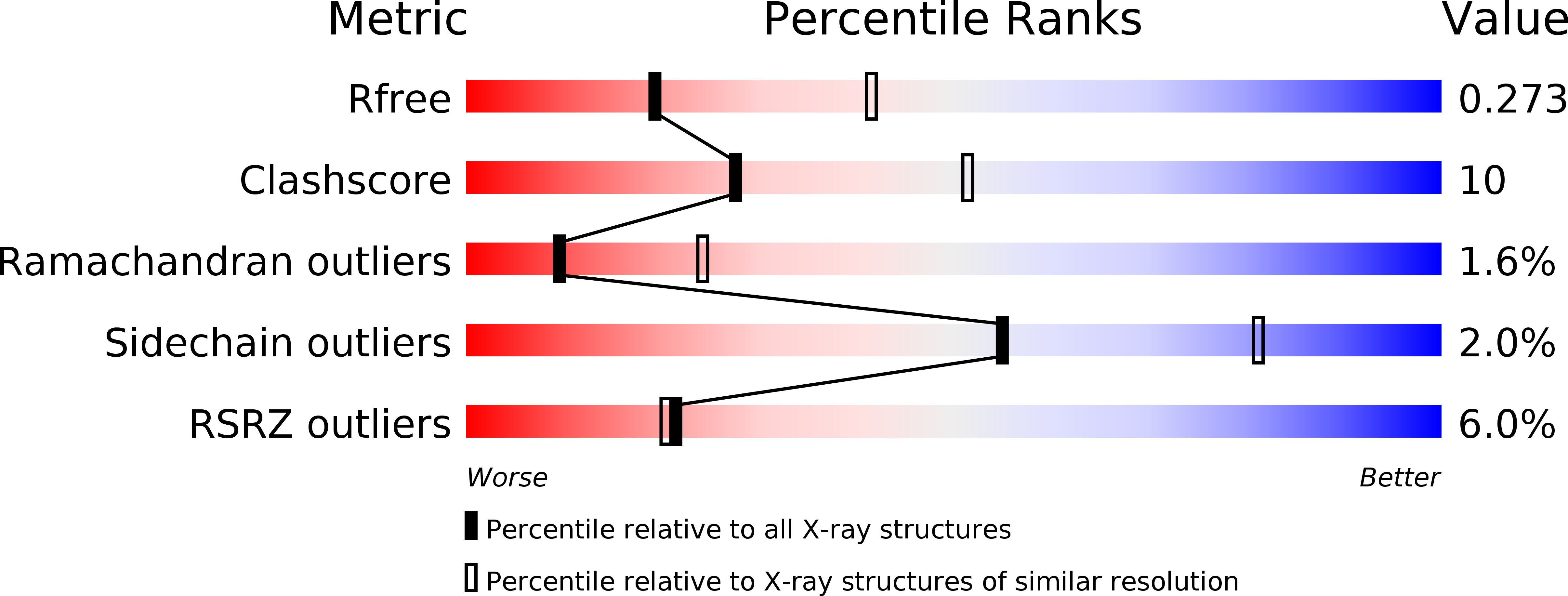
Deposition Date
2019-07-15
Release Date
2019-10-02
Last Version Date
2024-03-27
Method Details:
Experimental Method:
Resolution:
2.70 Å
R-Value Free:
0.27
R-Value Work:
0.19
R-Value Observed:
0.20
Space Group:
P 1 21 1


